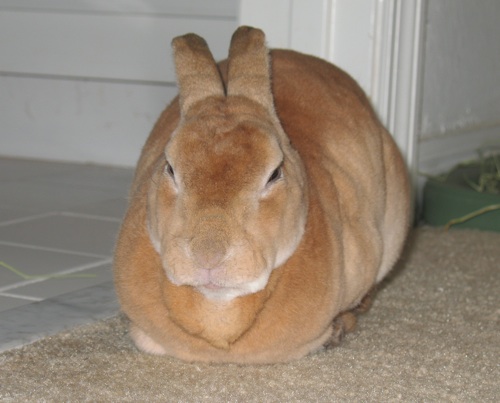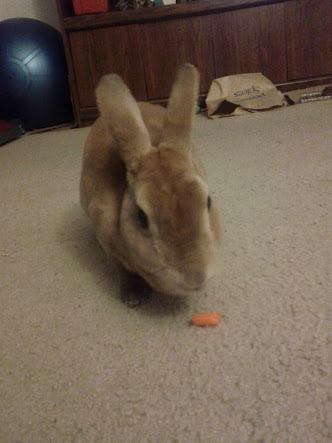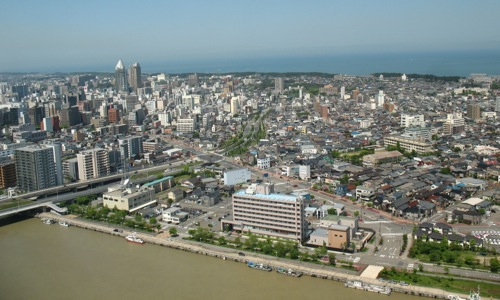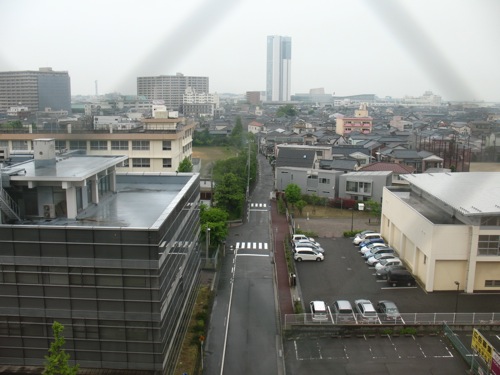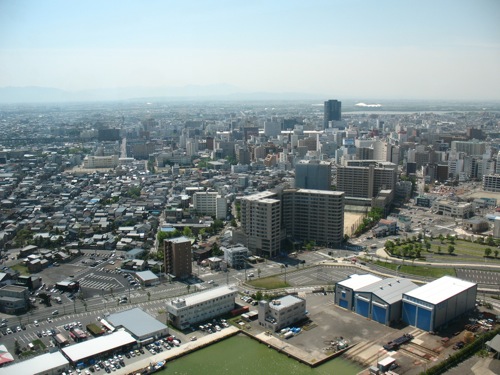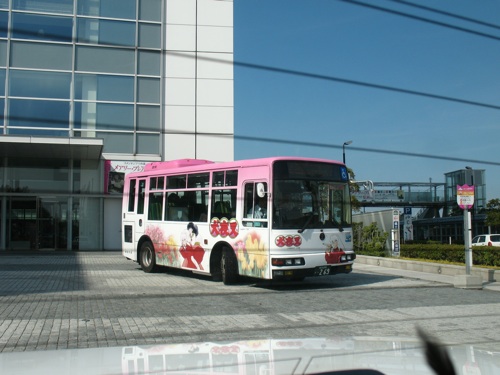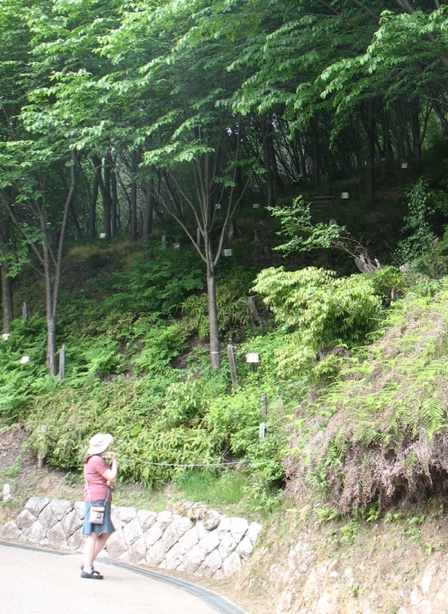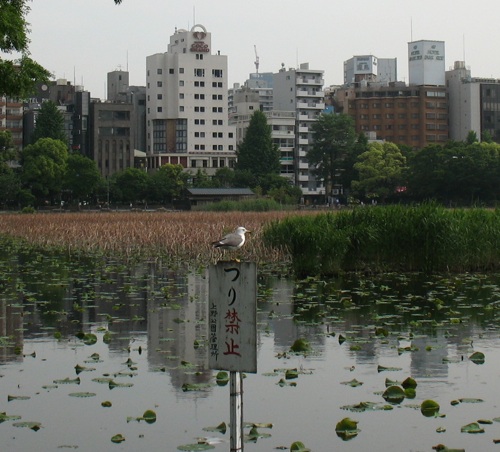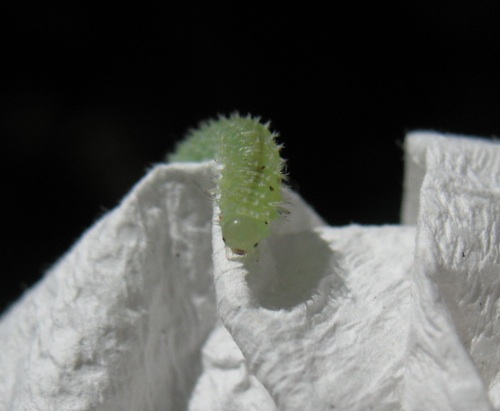One of my day trips out of Niigata was to the Fukushimagata wetlands for birding. Fukushimagata is a park a bit northeast of Niigata City that provides habitat for birds- large numbers of waterfowl visit on migration and in the winter, but I was there at an “off” season and only saw a few species.
I headed on a local train east to the town of Toyosaka, getting there mid-morning. Toyosaka has clearly seen somewhat better days, to judge from the state of the downtown shopping arcade area. At any rate, I walked to the Fukushimagata wetlands, which are surrounded by rice fields just southeast of town. Many of the paddies had clearly been planted recently, and some of them had people in them planting. There were not too many birds in and around the paddies- Japan is not really a “birdy” place. This is probably partly due to the seasons, though.
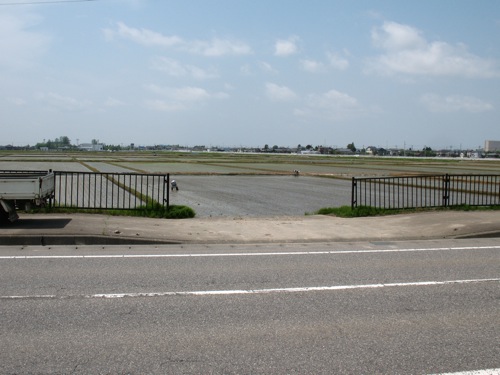
I’d originally thought that the distance from the station to the wetlands was about 1 km, but it turned out to be more like 4. So the walk was a lot longer than expected. In retrospect, it would have been helpful to look into catching a bus. The walk turned out to be fine, through a suburban area that was in better repair than downtown Toyosaka- the houses were reminiscent of the newer developments on Central Oahu or the west side of Kauai – small houses with walls, and low flat fields right outside of the town. Though this was rice, not sugarcane.
As I was walking, I heard some really loud, croaking and buzzing birds in the reeds, but was not able to get a look at them. This was a bit frustrating. When I got to the wetland protected area, there was a river running alongside it, with a spiral-shaped observation tower/nature center, and across the street a wetland complex. I visited the river first, and heard more of the buzzy birds, but was not able to see them. The visitor center had an admission fee, so I weighed going in, before deciding against it and crossing the elevated bridge over to the wetland side.
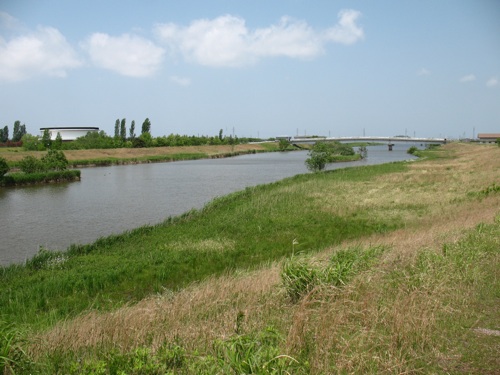
I stopped at an open teahouse/shelter building to drink some tea and eat a snack- some banana chocolate covered cookies that I’d grabbed in Niigata Station. I’d assumed there would be more food along the way, but there wasn’t much apparent in Toyosaka. But it was only 11, and I was still doing okay. A Japanese man sat next to me and tried to chat- he offered some of his lunch and I think I politely declined- but then gave me some gum. I felt a bit awkward about the encounter.
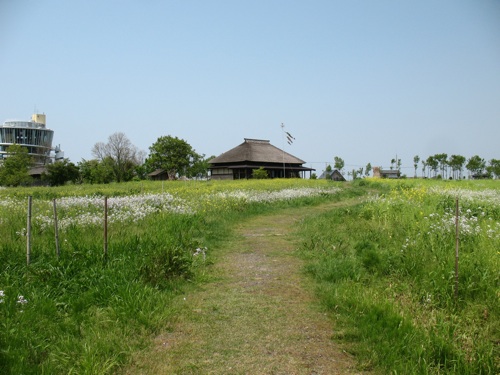
I did notice one person who looked like a birder walking along the edge of the wetlands – most of the people I saw were just out for a stroll and lacked birding paraphernalia, i.e., binocs, a vest, and a furtive manner. I walked in the opposite direction, but he ended up coming the same way I did when I was trying to identify a duck.
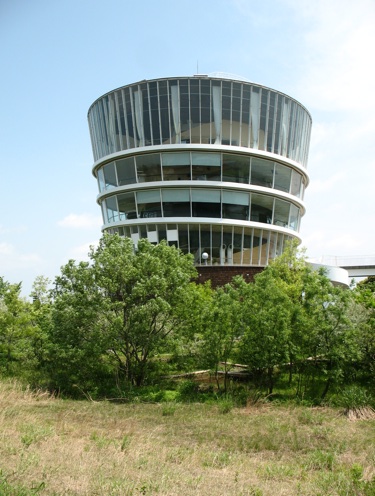
He tried to indicate something in Japanese, but I told him I didn’t speak the language. So he asked for my book and pointed to a great crested grebe (most bird books are organized according to taxonomy, so the order of species will generally be the same and it’s easy to jump to a specific group regardless of language). Apparently they’re rare at the wetland, so he was quite excited. Since that communication was more or less successful, I asked him which reed-warbler was all around (the buzzing bird), and he pointed to the right one (Great reed-warbler). Cross-cultural geeky communication FTW! Anyway, that interaction worked out better than the man trying to feed me.
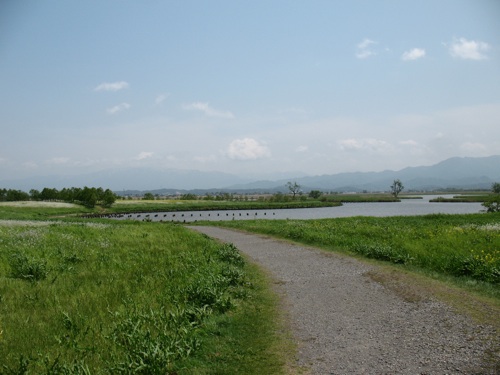
So, I proceeded on at the wetlands, visiting a viewing tower on the shore of the lagoon, and then headed back. By this point I was both tired and hungry, and wanted to rest my feet and get lunch. I also felt I would have done an honorable amount of walking by the time I got back to the station. Along the way, I passed food guy going the other way on his bike. Again, a bit awkward. But I successfully made my way back to the train station, Niigata, and onigiri and melon pastries.
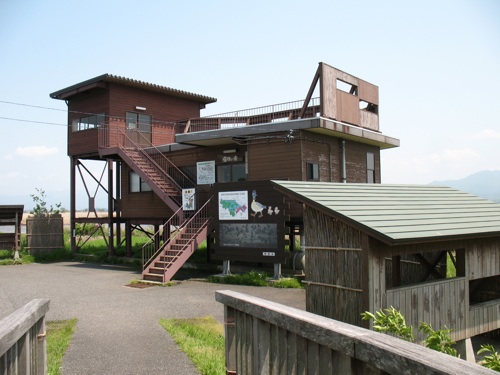
My bird list for the day:
- Mallard, Eastern Spot-billed Duck, Green-winged Teal & Greater Scaup
- Little Grebe & Great Crested Grebe
- Great Cormorant
- Gray Heron, Great Egret, Little Egret & Black-crowned Night-Heron
- Black Kite
- Eurasian Moorhen & Eurasian Coot
- Oriental Turtle-Dove, Carrion Crow, Sky Lark, Barn Swallow, Great Reed-Warbler, Narcissus Flycatcher, White-cheeked Starling, White Wagtail, Oriental Greenfinch & Eurasian Tree Sparrow





